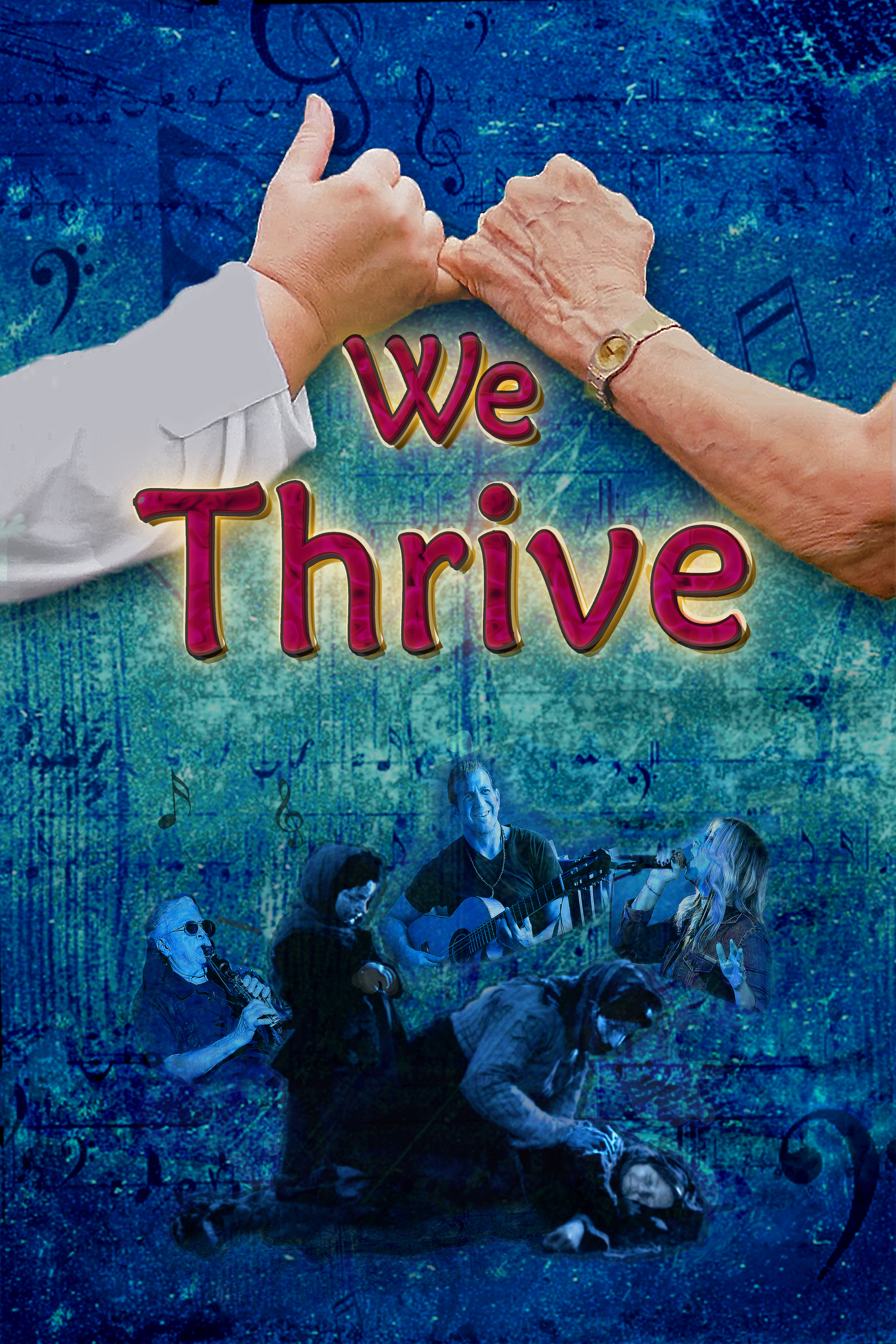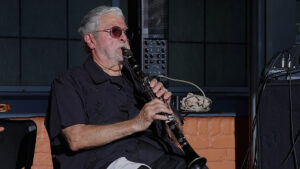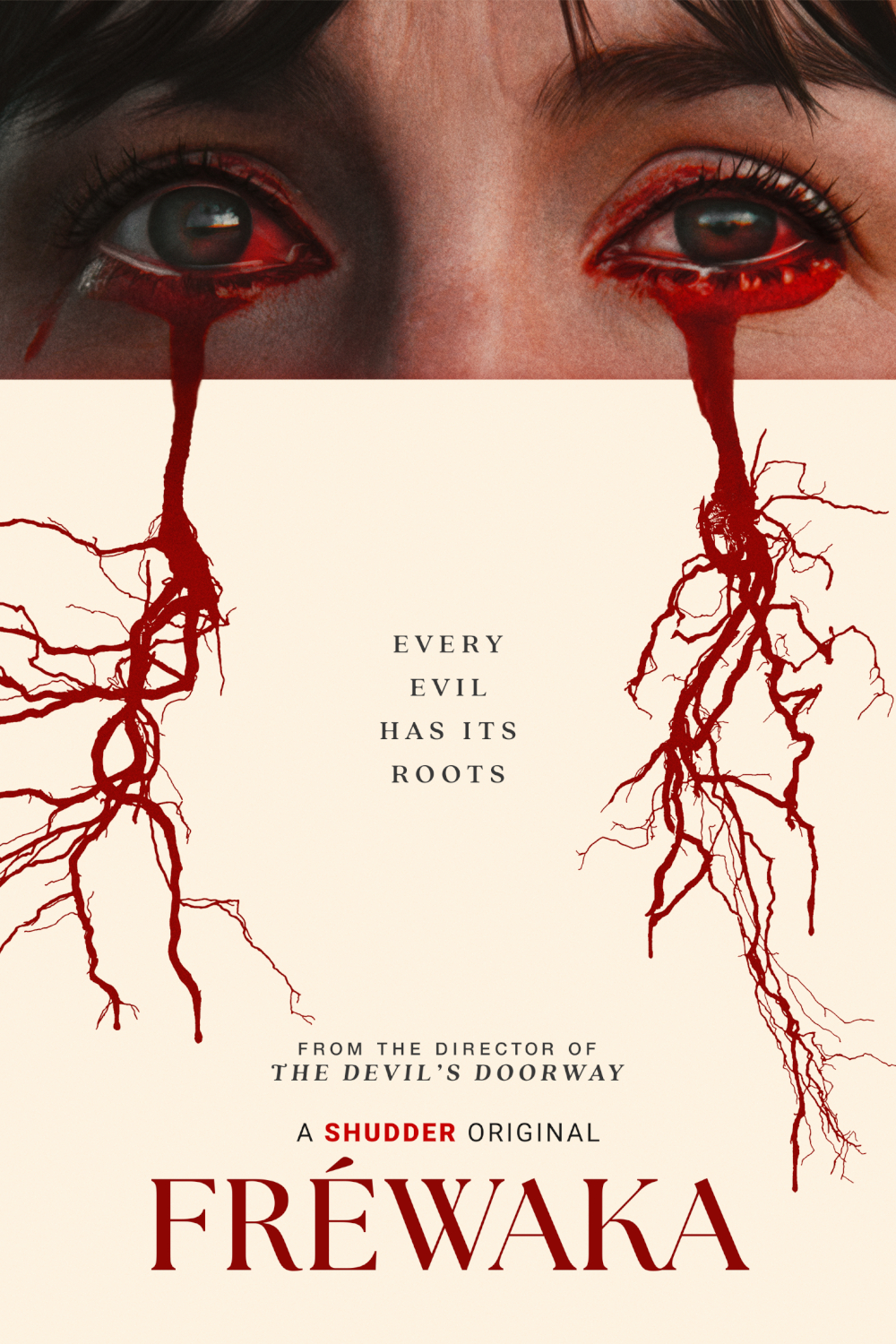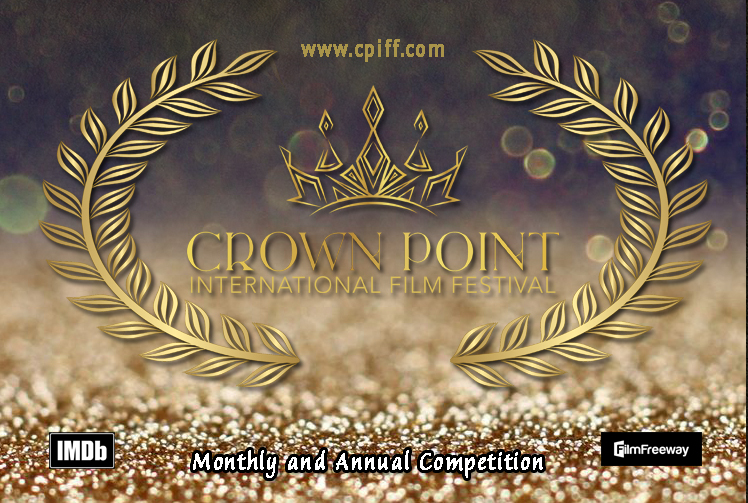
Documentary Film Review “We Thrive”
WATCH THE TRAILER HERE
First, the Recap:
Honoring an established legacy. We can all attest to the fact that we each have something we feel we must live up to. Where we came from, our parents, our own growing through this life, it all entails some kind of hope that we can leave something behind while also having done justice to all those who came before us. Yet, while some might take this for granted, or sadly not actually show any true passion TO make something of themselves or their origins, there are other who take it not only seriously, but as an absolute resolve that a history filled with soul-crushing devastation and loss can be redeemed, and the very heart of a people will be maintained and carried forward, ideally, indefinitely. In Detroit, MI, there resides such a community of people, ones whose past is found under the specter of unimaginable tragedy and yet whose striving for hope, identity, and preservation of who they are remains a constant, potent, and tangible force to be reckoned with. They are Armenians, and their conduit to do this still challenging yet fulfilling task–music.
Next, my Mind:
This critic has stated prior that, sometimes, the particular cinematic medium that is documentary filmmaking is not always my absolute favorite, for depending on everything from the length, to subject matter, to the actual ability to feel engaged with interviews and other factors being conveyed can be unsure. However, not only was this newest feature documentary from writer/director/editor/cinematographer Lisa Hagopian and writer/director/cinematographer Eric Harabadian one that irrefutably DEFY any of those aforementioned hesitations or uncertainties I might have had, but the topic of focus here involved an entertainment vehicle–MUSIC–that resonates very deeply with me on a multitude of levels, and hence, the film is quite simply INSPIRED. Candid, heartening, stirring, profusely evocative, and holding within its FULL 82-minute runtime a portrait of incredible fortitude, the power of overcoming a harsh ancestry, and the virtually unstoppable drive to ensure Armenian music STAYS relevant, acknowledged, and appreciated not just in Detroit but well beyond is utterly amazing to witness–and HEAR.
Ultimately born out of the horrific 1915 Armenian Genocide, where so many of the film’s interviewees’ families both grievously lost members or otherwise fled to the U.S. to escape from it, the establishment of the Armenian community in Detroit, MI set up a newly forming tie to not just their ravaged home country, but to the artistic expression found through their music that would come to manifest as a place of, yes, disheartening yet still highly committed and patriotic remembrance, but also something more meaningful that was desperately sought and even required most–HEALING. As fresh generations of Armenians came into being then passed on here in Detroit, the consistency of a now-rolling cycle involving gratefulness and desire to push forward their heritage by voice and/or instrument kept building and building. What makes this growth all the more awesome, is that the variety in musical genres that were expanded into served to allow those who have never even been to Armenia feel a complete and palpable connection to it, ingrained values within the notes, strings, drums, clarinets and singing cascading out into the world.
Through it all, it’s the foundational cornerstone ROOTS of it that reverberate through everything the artists who perform or produce that yield the strong nationalistic pride harbored in the soul of Armenians across Detroit, I believe firmly echoing all the way back to the country itself, a moving tribute to those who sacrificed everything to ensure a future could still be then and now in the present and future of a unique and engaging people. The tones and moods the music provides likewise holds a striking and directly perceivable magnitude of cathartic release, which was and is key for the musicians who relate and embody it, a sense of no rules, evident passion, and what one might not completely expect given the atrocity of Armenia’s past–exhilaration. From classic forms to liturgical offerings to even contemporary hard rock with a darkly positive side that reflects the heritage in question, it’s so overtly moving to listen to the performances the film offers while being able to more fully understand by the conspicuously transparent and entertaining interviewee testimonies that this is ultimately a tale of perseverance and unequivocal endurance.
Plus, of course, unabashed dedication to one’s chosen art form! Music is medicine, it evokes recollection, showcases tradition into modernity, and spreads an attitude of love, acceptance, and welcoming to ALL people. This comes out via the statements and sentiments expressed by an incredibly talented and wholly grounded group of musicians representing a multitude of creative leanings including guitarist Sean Blackman, Stormstress twins and full-out rockers Tia Mayhem and Tanya Venom, Deacon Rubik Malian, producer Chuck Alkazian, clarinetist Hachig Kazarian, deft (and totally dope!) beatboxer Stevie Soul Ansara, Kanun master Ara Topouzian, violinist Kim Kashkashian, orchestral composer Dan Yessian, former musician and now funeral home director Simon Javizian who has actually found the ongoing strength of music as a mode of comfort for those who’ve lost loved ones, percussionist and vocalist Vaughn Masropian of the Johnites Band who also hosts a radio show that’s been ongoing for over nineteen years, Blues Rock vocalist and keyboardist Eliza Thomasian Neals, and local Kim Naccashian.
ALL of these individuals are so passionate and fully, enthusiastically, devoted, and stalwart in the qualities that their artisan-centric culture and affecting music brings to those amongst their own neighborhoods and people but also, as hinted at earlier above, to ANY and all who would enjoy and show interest in LEARNING about Armenian history and those who were and are a part of it abroad and here in the United States. What was also revealing in the interviews were indications of how even the Armenian community has been divided over music at times when it seemed to stray towards that which was associated with Turkish influence, but these obstacles have been primarily overcome as well. Younger Armenian generations aren’t quite as involved with the music, but it has drawn the attention of educators and researchers who now wish to KNOW more about its roots and stylings. IT. WILL. SURVIVE! The filmmakers themselves are of Armenian ancestry as well, yet other people so gravely impacted by the 1915 genocide. BUT, through EVERYTHING–music has been the great unifier, and expression of essential humanity, and the rhythm of life for them to press into.
So, in total, “We Thrive” is in itself an quintessential illustration of creating something that is concrete through music, ascending and soaring above the past’s pain and suffering, allowing inward and outward absolution, cementing a legacy of its art form then, now, and forward, its influences both blatant and subtle, but always able to break through. It is magic, immersive, emotional, and bonding, now included in a blending of cultures, and being an example of a depth of FAITH that should shake everyone to their very core and remind us never to lose it. So, grab your voice, acoustic or electric guitar, drums, clarinet, bass, keyboard, kanun, oud, or duduk and let’s have some good old fashioned Armenian “Kef”—aka: FUN!
STAR RATING (out of 5):
As always, this is all for your consideration and comment. Until next time, thank you for reading!




